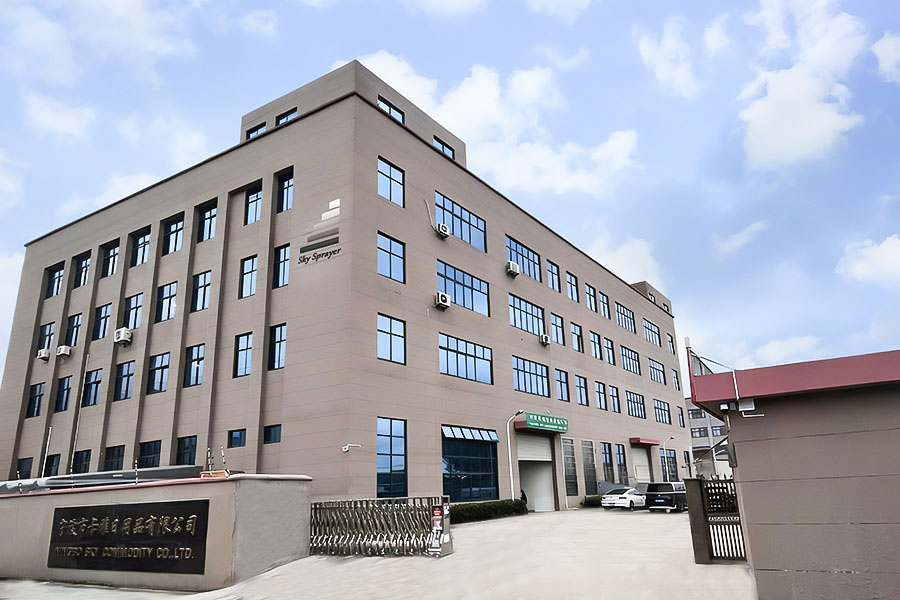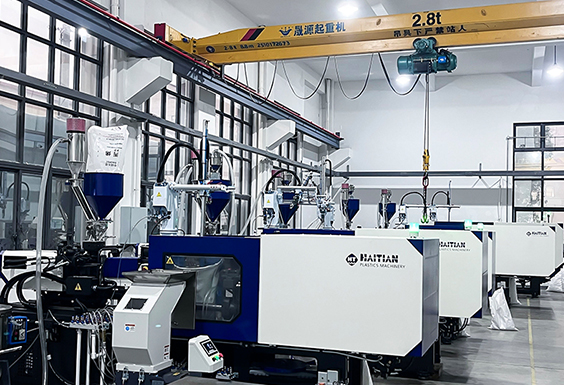Are PS cosmetic jars safe for storing skincare and cosmetic products?
Polystyrene (PS) cosmetic jars can be considered safe for storing skincare and cosmetic products, but there are a few important factors to keep in mind:
Chemical Compatibility: PS is generally considered safe for many cosmetic and skincare products, but it's essential to ensure that the products you plan to store in these jars are chemically compatible with PS. Some ingredients in skincare and cosmetic products can interact with plastic materials like PS, potentially causing leaching or degradation of the container. It's advisable to check the specific compatibility of your product with the packaging material.
UV Exposure: PS is sensitive to ultraviolet (UV) light and may not provide adequate protection for light-sensitive products. If you're storing products that can be negatively affected by UV exposure, consider using UV-resistant or opaque containers.
Temperature Considerations: PS has a lower heat resistance compared to some other plastics. If you plan to store products at high temperatures, make sure the PS jars can handle the heat without deforming or leaching chemicals.
BPA and Phthalates: PS itself does not contain bisphenol A (BPA) or phthalates, which are chemicals of concern in some plastic materials. However, always verify that the PS cosmetic jars you choose do not contain these potentially harmful additives if you have concerns about them.
Compliance with Regulations: Ensure that the PS cosmetic jars you use comply with relevant regulations and guidelines for cosmetic and skincare product packaging in your region. Different countries may have specific requirements regarding materials used in cosmetic containers.
In summary, PS cosmetic jars can be safe for storing skincare and cosmetic products, but it's crucial to consider the specific characteristics of your products, such as their ingredients, UV sensitivity, and temperature requirements. Always check the product labeling and consult with the manufacturer or supplier to confirm that the PS jars are suitable for your specific needs and compliant with regulations. If you have concerns about the safety of a particular product, you may want to consider alternative packaging materials like glass or high-density polyethylene (HDPE) containers.



 Español
Español
 Français
Français




-2.jpg)
-2.jpg)













